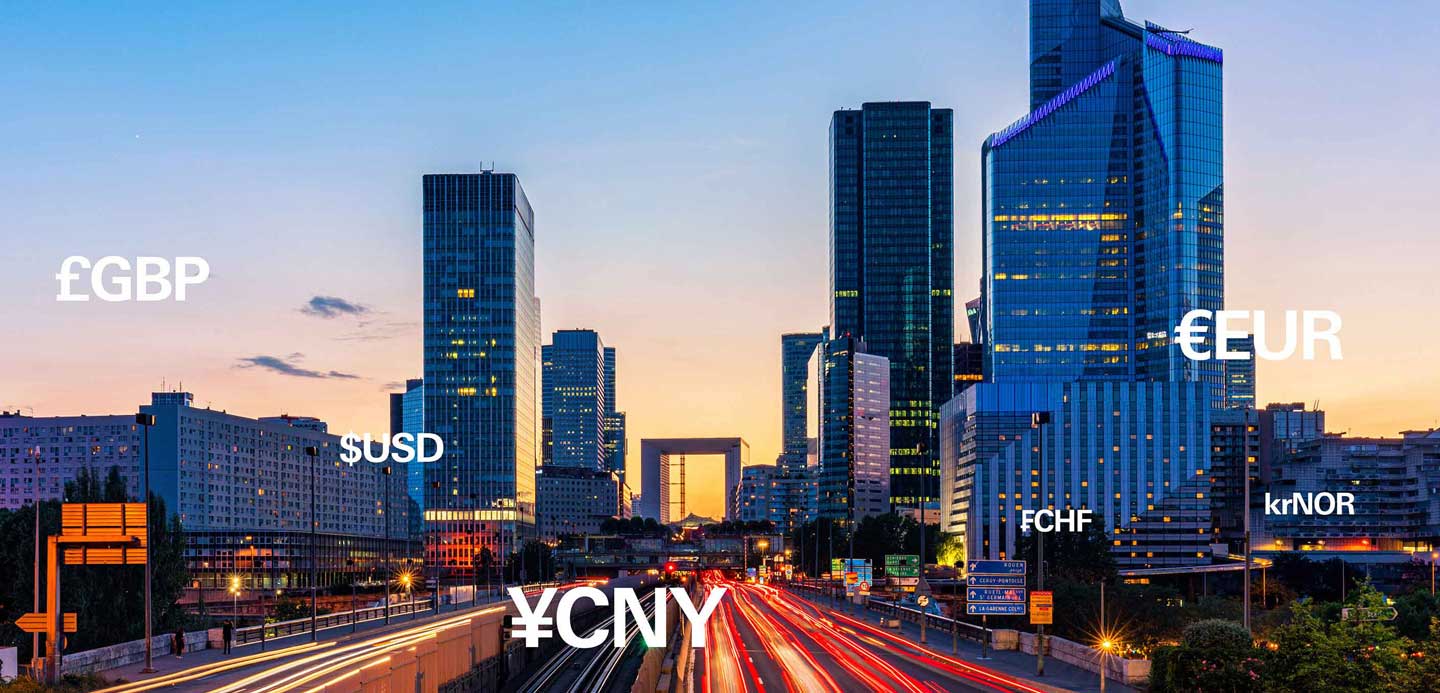- 3 minutes
- Article

- Managing Cash Flow
- Make & Receive Payments
Take the driver’s seat on your international payment journey
Whether by choice or default, international payments are fast becoming an everyday event for many businesses. The process can seem complex and unpredictable, but it’s simple to gain control and visibility, says Mark Evans, Global Head of Cross-Border Payments at HSBC.
Across the world, around the clock, payments flow in a perpetual torrent. The volume of transactions is surging. At HSBC alone, we currently process 144 payments every second. Many of those are domestic payments, but cross-border transactions make up an ever-growing proportion.
That’s partly powered by the unstoppable rise of e-commerce. But there are many drivers in other sectors too: from parents funding their children’s study abroad, to businesses increasingly operating cross border.
As the volume of cross-border payments rises, the value of these payments is changing as more and more customers move money around the world - international payments are no longer the preserve of the bigger corporates.
Increasingly, mid-market customers need to be able to receive and send cross-border payments – either as part of those corporates’ supply chains, or as they enter the international marketplace in their own right with an eye on growth opportunities.
These transactions carry undeniable challenges. For some newcomers, they bring anxiety. But simple solutions exist for every hurdle.
A thirst for transparency
Above all else, businesses are seeking clarity. They need certainty about payment status, and predictability about the foreign exchange rate they’re getting and the charge they’ll pay.
At HSBC we’ve invested to make sure every client gets peace of mind on these counts. In particular, because we know that FX is inseparable from cross-border payments, all our product innovation and specialist training is designed to integrate them as a single service.
For example, when you make a payment that our system detects is to a foreign account, our AI-assisted FX Prompt function will suggest the best currency to make the payment in, and go on to supply a rate of exchange. It also shows the mid-market exchange rate and the margin, to fully inform your decision on whether to accept the rate.
After that step, you get end-to-end visibility of the status of your payment.
Can we go faster?
The second most common client question is how quickly a payment will clear.
Customers increasingly expect payments to be made in near real time. In the vast majority of cases, that expectation is met.
Fully real-time payments is an ambition for everyone, but for now it comes with inevitable risks. Speed makes fraud harder to detect and makes it more difficult to recall a payment. For most purposes, such as invoicing and payroll, real-time payments may not be necessary and alternatives may be a better solution.
Ultra-fast and secure payment is coming, however. The advent of the new ISO 20022 payment standard is helping to accelerate progress, by making it easier for payment systems to link together.
Like all banks, HSBC is investing heavily in real-time payments. By the end of the year, we will be offering it as an option in more than 30 of our markets.
Security and compliance
The complexity of international payment regulations is another factor that can seem daunting to newcomers.
From payment formatting, to local practices, there are different requirements in each territory, and geopolitical volatility can make it hard to keep up.
This is where HSBC’s international presence comes into its own. We operate in 50+ markets, we’re attuned to all these changing requirements, and we share that insight with our customers. We are using technology to help protect our clients, detect and prevent fraud, and to ensure the most efficient processing for every legitimate transaction.
Flexibility and control
As cross-border payment becomes an everyday part of your business, new challenges and choices emerge.
If you operate in the UK but receive a payment in Hong Kong, for example, and you trade frequently in that territory, it might make more sense to hold that payment in HKD to meet future payment obligations.
Where there’s no immediate need to change that cash back to sterling, our Global Wallet product gives you the flexibility to pay and collect in multiple currencies. With this flexibility, you’re free to decide whether and when to apply FX, making the most efficient use of your cashflow and reducing FX risk.
Get behind the wheel
With innovations such as these, HSBC is able to put its international payment customers in the driving seat. Rather than a mere passenger in the process, you stay in control, steering simple, intuitive processes powered by our data and insights.
We make payments to 175 markets in 130 currencies. International trade is simply second nature to us. Our goal is to make it intuitive and efficient for you too.


